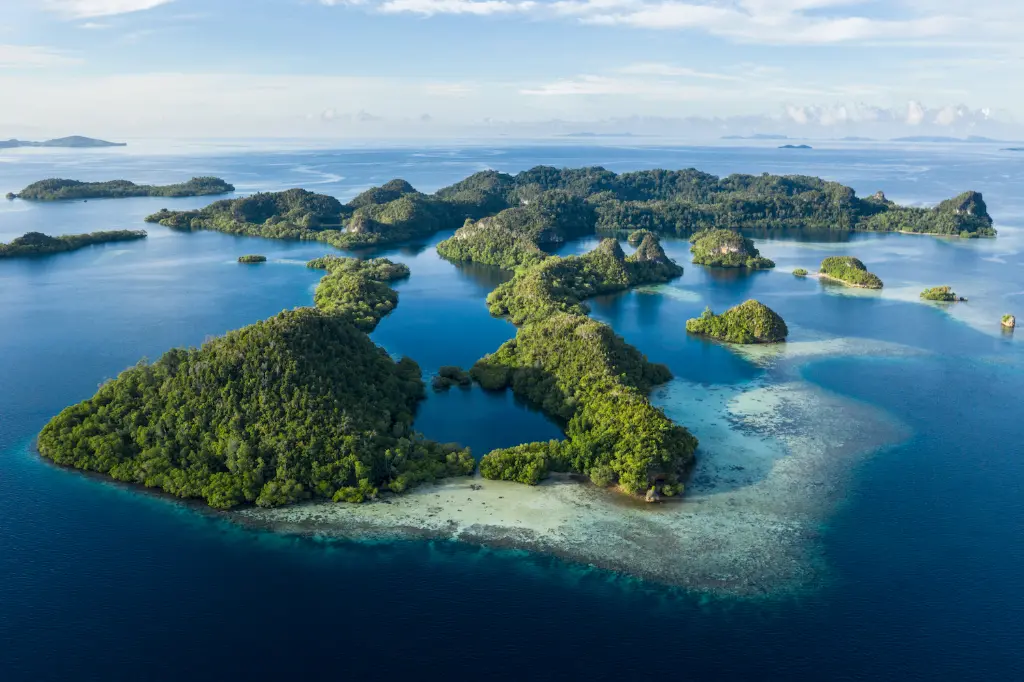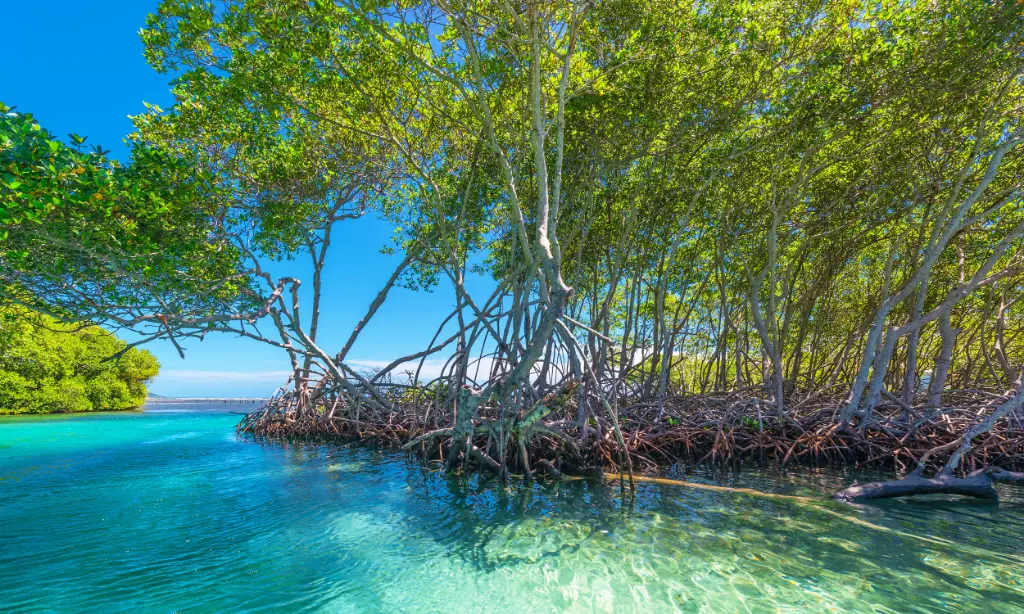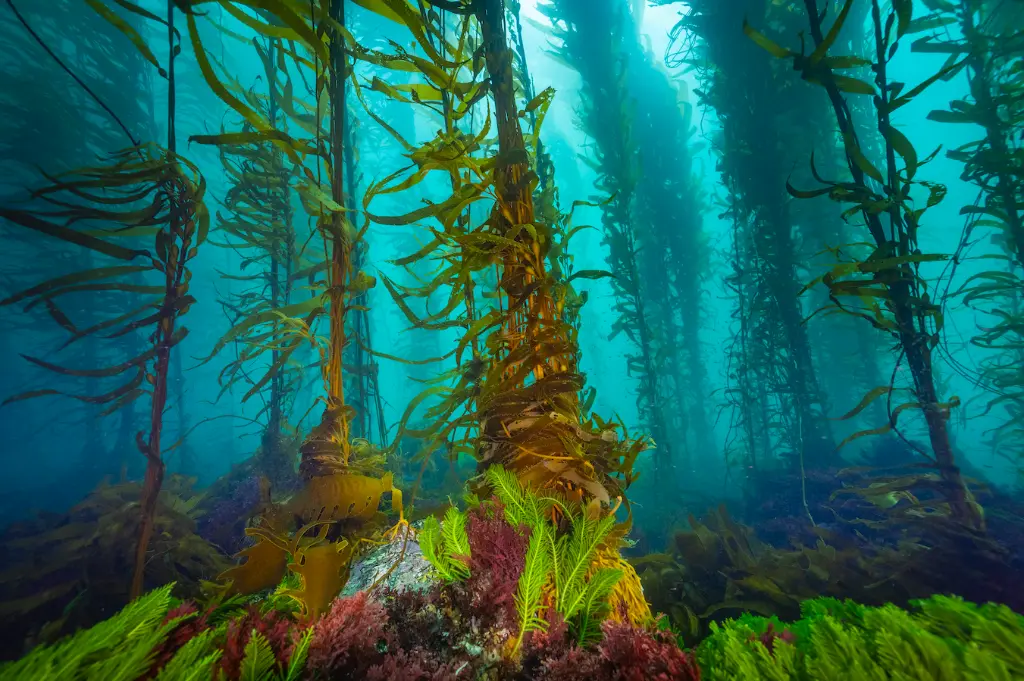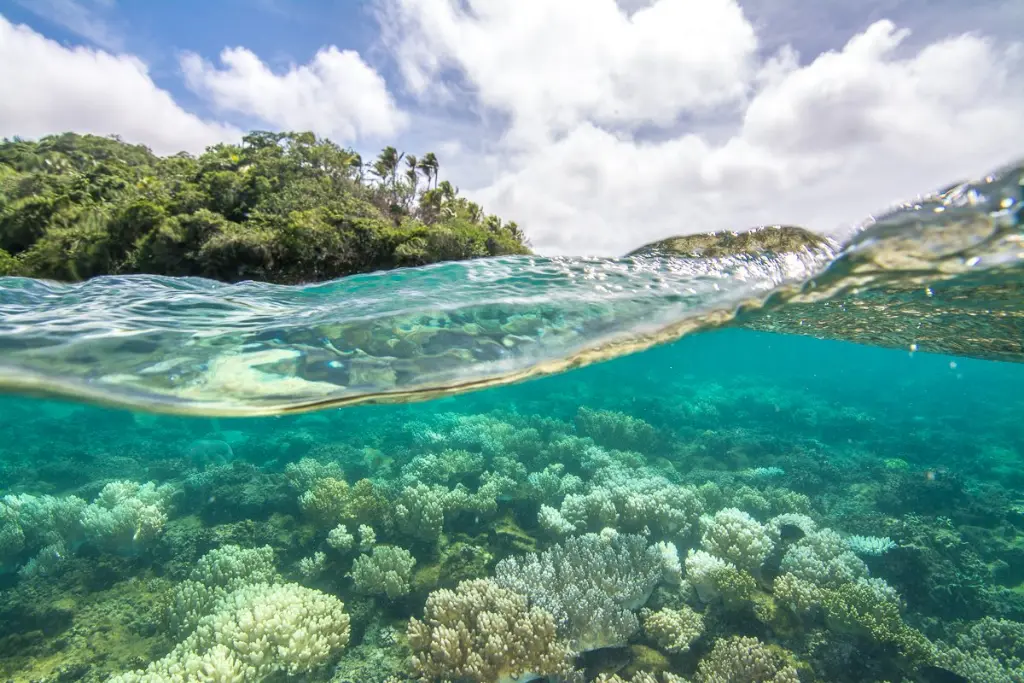Seagrass beds are underwater ecosystems formed by flowering marine plants, known as seagrasses. These vibrant ecosystems are incredibly important for a healthy ocean and planet. Let’s explore why!
Why are Seagrass Beds Important?
Seagrass beds play a crucial role in marine environments, providing a wealth of benefits that extend far beyond their immediate location. Their importance can be categorized into two primary areas: carbon storage and acting as fish nurseries.
Carbon Storage: Blue Carbon Champions
Seagrasses are powerful carbon sinks, meaning they absorb and store large amounts of carbon dioxide (CO2) from the atmosphere. They store carbon up to 35 times faster than tropical rainforests! This stored carbon, often referred to as “blue carbon,” is trapped in the seagrass leaves, roots, and surrounding sediment. By trapping carbon, seagrass beds help to mitigate climate change by reducing the amount of greenhouse gases in the atmosphere.
Fish Nurseries: A Haven for Marine Life
Seagrass beds provide essential habitat and shelter for a vast array of marine organisms. They act as nurseries for many commercially important fish species, offering protection from predators and providing a rich food source for juvenile fish. The dense seagrass blades create a complex and safe environment, allowing young fish to grow and mature before venturing into the open ocean. In addition to fish, seagrass beds support a diverse community of invertebrates, seabirds, and marine mammals.
Key Features and Benefits of Seagrass Beds
| Feature | Description | Benefit |
|---|---|---|
| Carbon Storage | Seagrasses absorb and store large amounts of carbon dioxide. | Mitigates climate change by reducing greenhouse gases. |
| Habitat Provision | Seagrass beds provide shelter and food for diverse marine life. | Supports biodiversity and healthy marine ecosystems. |
| Fish Nurseries | Seagrasses act as nurseries for many commercially important fish species. | Supports fisheries and food security. |
| Water Quality Improvement | Seagrasses filter water and stabilize sediments. | Improves water clarity and reduces coastal erosion. |
| Coastal Protection | Seagrass meadows can buffer wave energy. | Provides a natural buffer to coastal storms. |
Threats to Seagrass Beds
Despite their importance, seagrass beds are facing numerous threats, including:
- Coastal Development: Construction and dredging activities can destroy or degrade seagrass habitats.
- Pollution: Runoff from land-based sources, such as agricultural fertilizers and sewage, can pollute the water and harm seagrasses.
- Climate Change: Rising sea temperatures, ocean acidification, and sea level rise can negatively impact seagrass growth and survival.
- Destructive Fishing Practices: Bottom trawling and other destructive fishing methods can damage or destroy seagrass beds.
What Can We Do?
Protecting and restoring seagrass beds is essential for a healthy ocean and a sustainable future. Here are some ways we can help:
- Support policies that protect seagrass habitats.
- Reduce your carbon footprint.
- Practice responsible boating and fishing.
- Support organizations working to restore seagrass beds.
By understanding the importance of seagrass beds and taking action to protect them, we can ensure that these vital ecosystems continue to thrive for generations to come.




